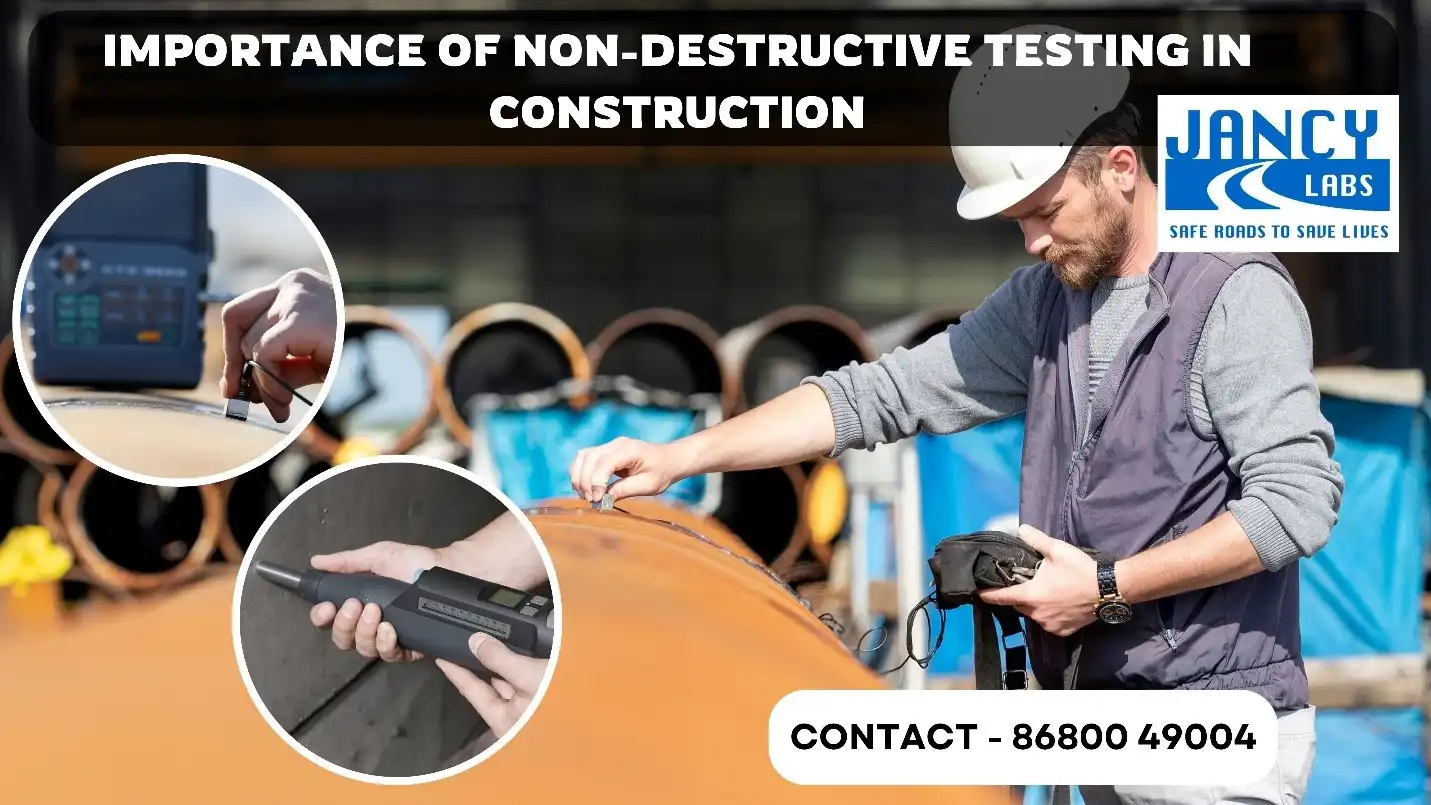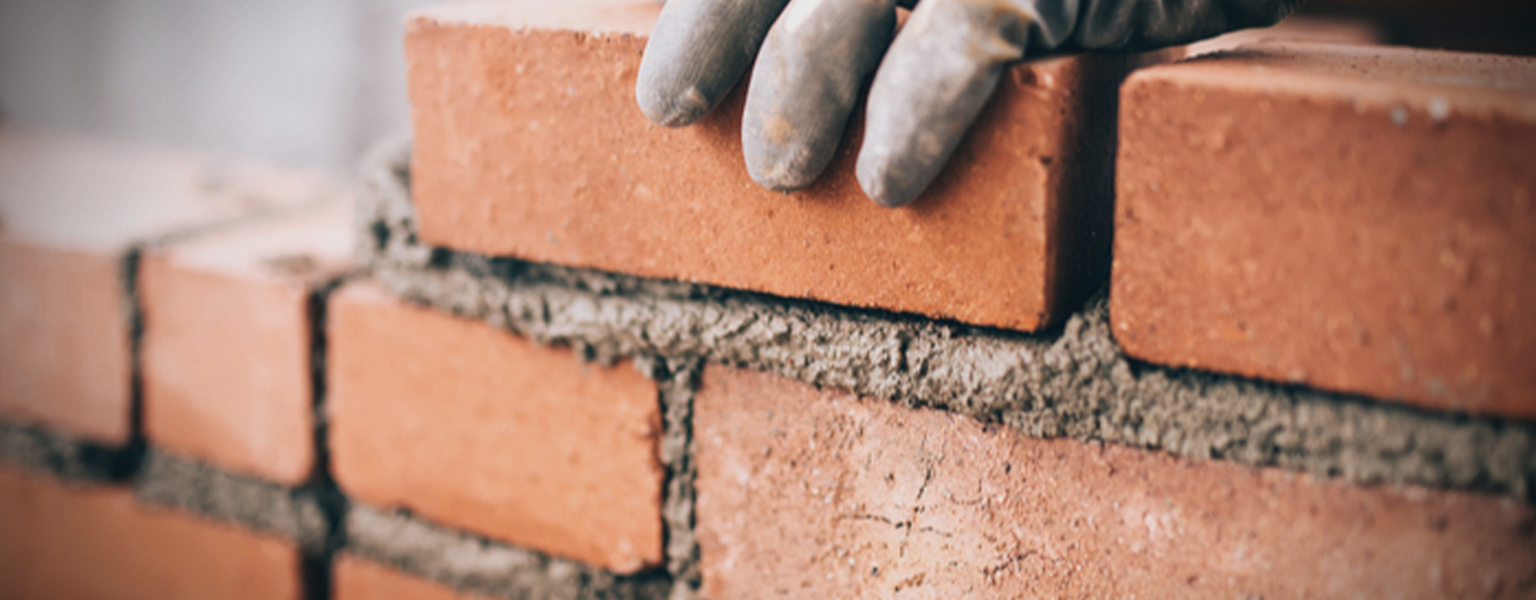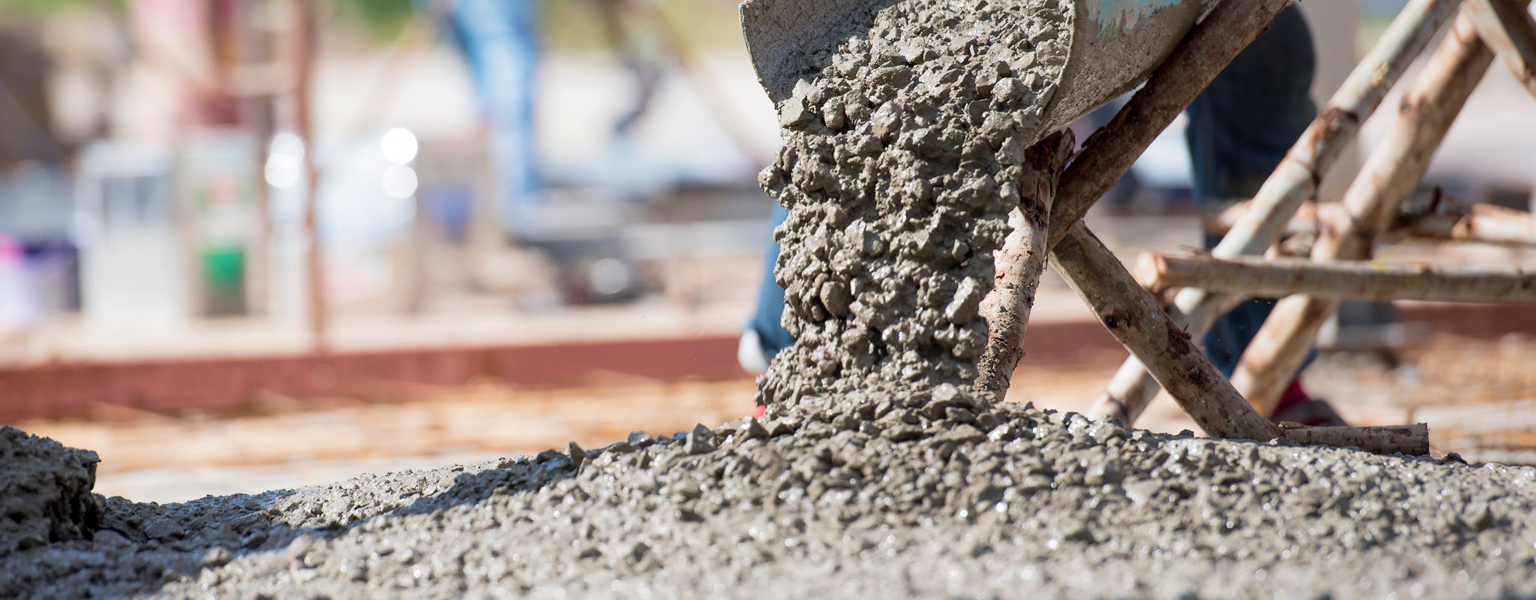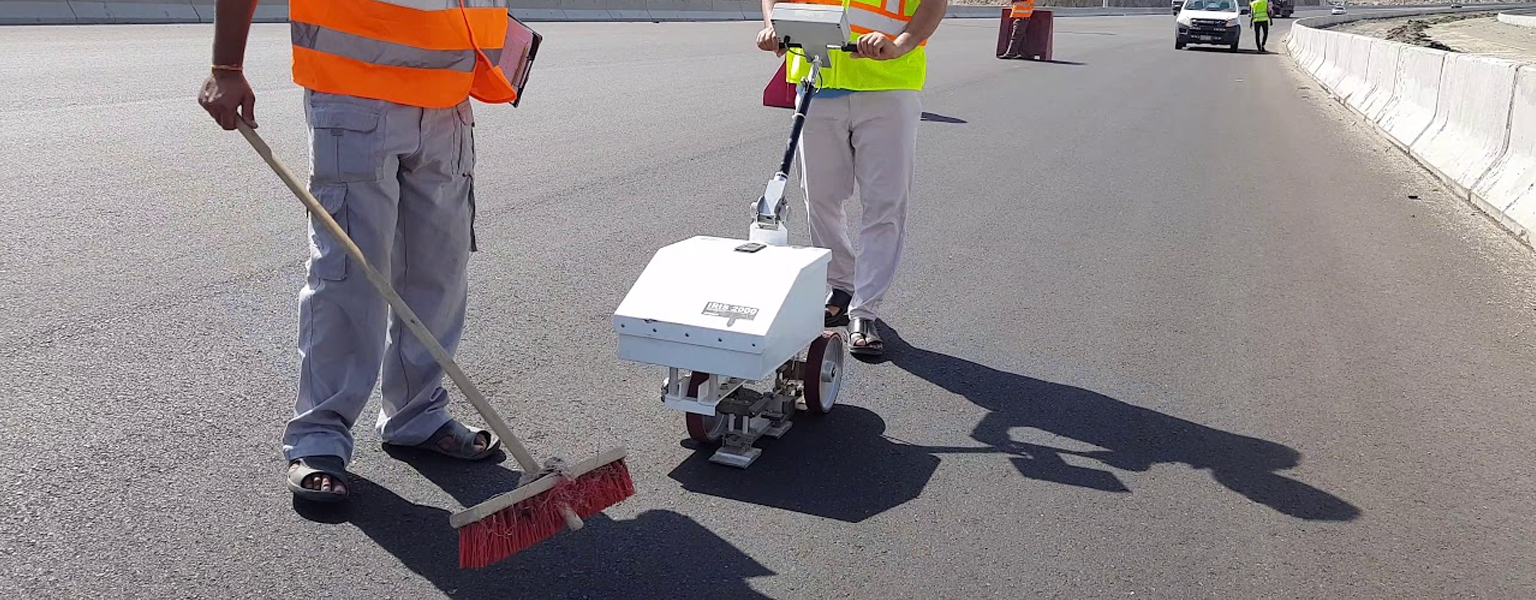Blog
Improving Building Quality: The Importance of Non-Destructive Testing for Building Materials
Within the construction industry, ensuring structural integrity and the quality of building materials is critical. Destructive testing techniques have historically been used to evaluate these materials, which could result in higher expenses and longer turnaround times. Non-destructive testing (NDT), on the other hand, has completely changed the construction business by offering a more effective and economical way to assess building materials without sacrificing their integrity.
Non-destructive Testing (NDT): Non-destructive testing is a set of techniques used to evaluate the qualities of materials and buildings without causing harm. Due to their capacity to offer insightful information about the performance and condition of materials without requiring harmful sampling, these techniques have been widely accepted in the construction industry.

Ultrasonic Testing: Ultrasonic testing is a commonly employed nondestructive testing (NDT) technology. High-frequency sound waves are sent through a material using this approach, and the reflected waves are analyzed to find properties including density, thickness, and the existence of flaws. For evaluating the structural integrity of metals, composites, and concrete, ultrasonic testing is especially helpful.
Radiographic testing: This type of testing creates images that show internal structures and faults by penetrating materials with X-rays or gamma rays. This technique is frequently used to examine welds, find concealed cracks in concrete, and gauge the integrity of composites and castings. One of the best ways to find problems that might not be apparent at first glance is through radiographic examination.
Magnetic Particle Testing: Magnetic particle testing is used to identify faults in ferromagnetic materials at their surface or near-surface. Magnetic particles are introduced into the material and a magnetic field is applied to enable the easy identification of any faults or abnormalities. Steel buildings, welds, and other ferrous components are commonly evaluated using this technique.
Penetrant Testing: Liquid penetrant is applied to a material's surface and allowed to soak into any surface flaws or cracks as part of the penetrant testing process. The surplus penetrant is removed after a predetermined amount of time, and a developer is then applied to show the location and severity of faults. Surface-level flaws in materials including metals, polymers, and ceramics can be found with this technique.
Advantages of Non-Destructive Testing:
The construction industry can reap several benefits from the implementation of non-destructive testing.
Economical: Nondestructive testing techniques save time and money by removing the requirement for destructive sampling. As a result, project expenses are decreased and completion timeframes are accelerated. Reduced Downtime: Materials must frequently be removed and replaced for traditional destructive testing. Real-time evaluation is made possible by NDT without interfering with active construction projects.
Improved Safety: Since non-destructive testing techniques don't jeopardize the structural integrity of the materials being evaluated, they are intrinsically safer. Building industry professionals can operate in a safer atmosphere as a result.
Extensive Inspection: Nondestructive Testing (NDT) offers a comprehensive analysis of materials, exposing internal faults, defects, and structural anomalies that might not be discernible by visual inspection alone.
With its ability to evaluate building materials effectively and reliably while maintaining structural integrity, non-destructive testing has emerged as a crucial instrument in the construction sector. These methods, which range from radiography analysis to ultrasonic testing, have been shown to increase safety, lower costs, and improve building quality. The increasing advancement of technology is expected to drive a greater prevalence of non-destructive testing, hence raising the global standard for construction quality.

Brick,Block,Rock
Brick testing is a crucial quality control process in construction to ensure the durability and strength of bricks used in building structures. Various tests are conducted on bricks, including compressive strength tests, water absorption tests, and efflorescence tests, to evaluate their performance under different conditions.

Cement Testing
Cement testing is essential to ensure the quality and performance of construction materials. It involves evaluating properties such as compressive strength, setting time, and consistency to guarantee the reliability of cement in various construction applications.

Roughness Index Test
The Roughness Index Test is a standard procedure used to quantify and assess the surface roughness of materials or surfaces, providing valuable data for quality control and engineering applications.
Contact
Need Help? Contact Us
Address
Madurai
Call Us
+91 86800 49004
Email Us
jancylabsmdu@gmail.com
